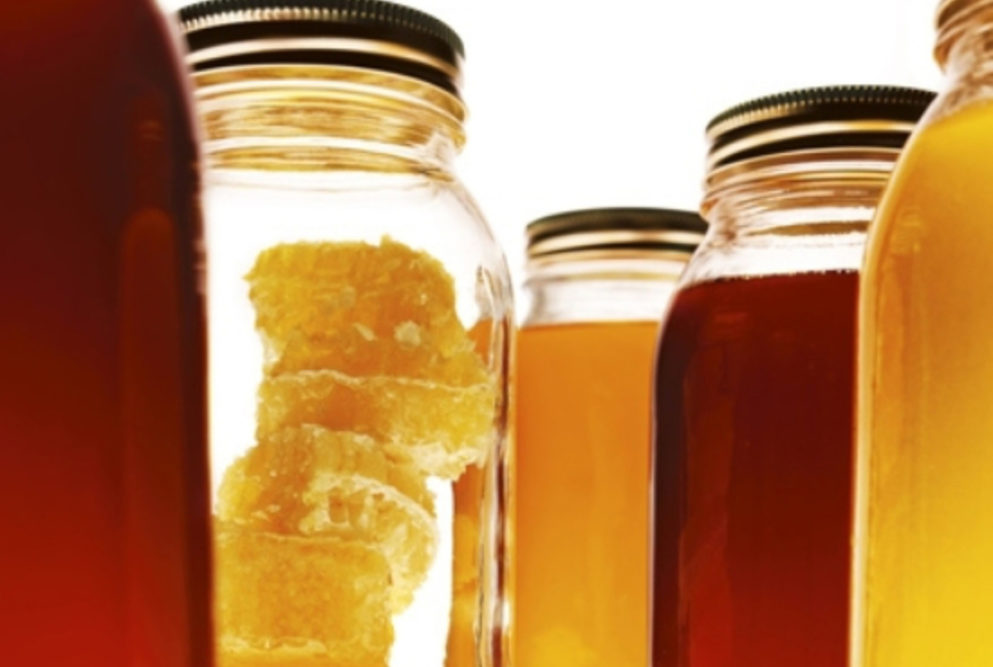Honey’s use in the baking industry is timeless and inspirational. Honey, a natural sweetener with a rich history, offers more than just sweetness to bakers. Its versatility goes beyond flavor, enhancing the texture, moisture and overall quality of baked sweet goods. One all-natural sweetener opens boundless possibilities in the category. Here’s a few functional — and delicious — reasons honey is the perfect sweetener to use in your next formula.
1. Flavor Enhancement
Honey is renowned for its complex taste, which can range from floral and fruity to earthy and robust. Honey’s composition includes a unique blend of carbohydrates and acids that provide a unique complexity different from any other sweetener. Most people think of sweetness when they think of honey, but there is also a tartness due to the ingredient’s acidity. This unique flavor profile helps balance flavors in bakery foods without overwhelming them with sweetness. Honey’s complex flavor also masks the off-flavors from whole grains and other ingredients that may be used in the baking industry to improve functional or nutritional benefits.
There are 300 different varietals of honey in the U.S. For bakers, this opens the door to creating distinctive products that appeal to consumers seeking depth and richness in their sweet treats. For example, clover honey adds a delicate sweetness to cakes and muffins, while buckwheat honey lends a bold, molasses-like taste to breads and spice cookies. Using different types of honey allows bakers to experiment with nuanced flavors, elevating even simple formulas into something to wow clientele.
2. Moisture Retention
One of honey’s standout properties in baking is its ability to retain moisture. Honey is hygroscopic, meaning it absorbs moisture from the air. This is a significant advantage in baked goods like cakes, muffins and quick breads, where maintaining moisture can prevent staleness and extend shelf life. The high acidity of honey (average pH 3.91) also helps inhibit mold growth.
The result? A softer crumb and a longer-lasting product.
Bakers can rely on honey to keep their sweet goods moist even days after baking, ensuring a pleasant eating experience for customers. This functionality is especially beneficial for small-batch or artisanal bakers aiming to deliver fresh-tasting products without preservatives.
3. Improved Texture and Browning
Similar to all sugar compounds, honey caramelizes during baking and contributes a desirable golden color to products. However, since honey’s main sugars are glucose and fructose, the maillard reaction triggered by honey will be sped up. This allows bakers to lower their oven temperature or bake time and still maintain a quality color through their bake. This is a boon for formulas where a golden-brown finish is desired. Note: bakers should adjust oven temperatures slightly to avoid over-browning.
4. Natural Binding Agent
For bakers, incorporating honey into formulas not only meets consumer expectations for all-natural ingredients but also allows for creative experimentation with nuts, fruits and seeds. Honey can perform two functions in this case: It’s an amazing binder, holding together otherwise crumbly sweet goods with a significant amount of inclusions.
5. Less Honey Is More
Honey is composed of fructose and glucose, making it up to 50% sweeter than sugar. This may allow product developers to reduce the overall amount of sweetener ingredients used in a formula.
Need the perfect honey sweet good formula? Visit the National Honey Board’s Recipe section for featured bakes.
Catherine Barry is the vice president of marketing for the National Honey Board in Erie, Colorado.




